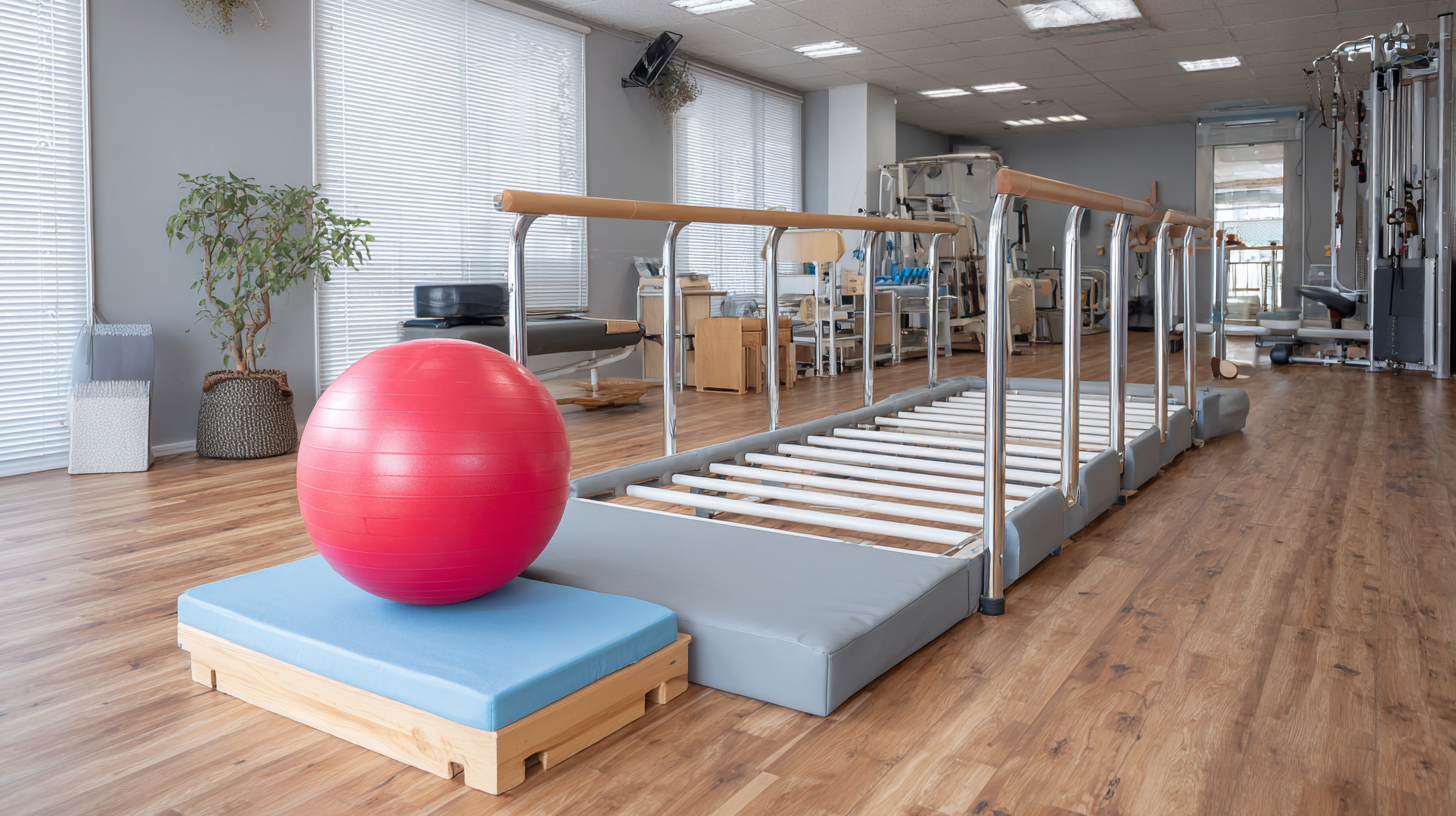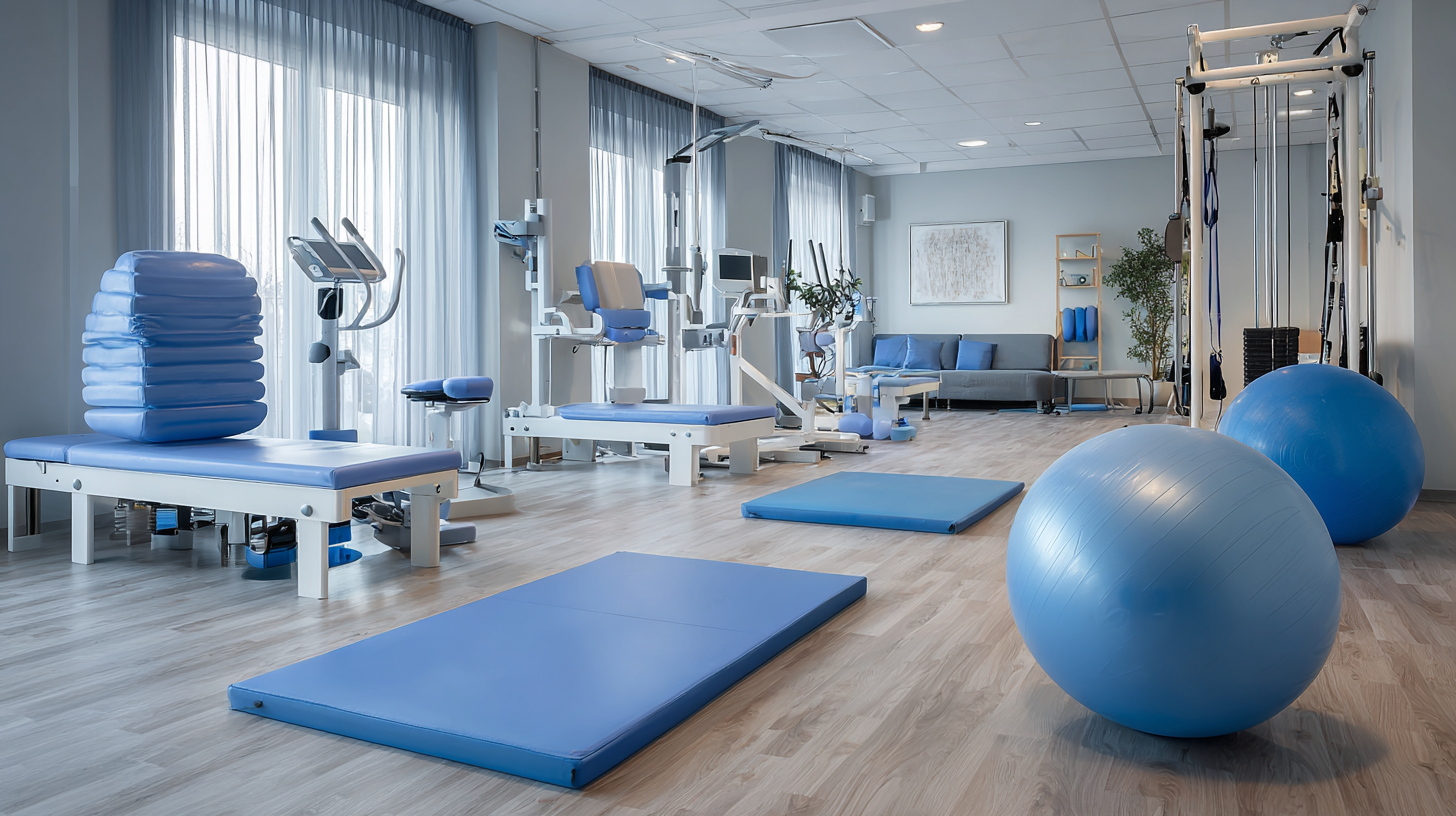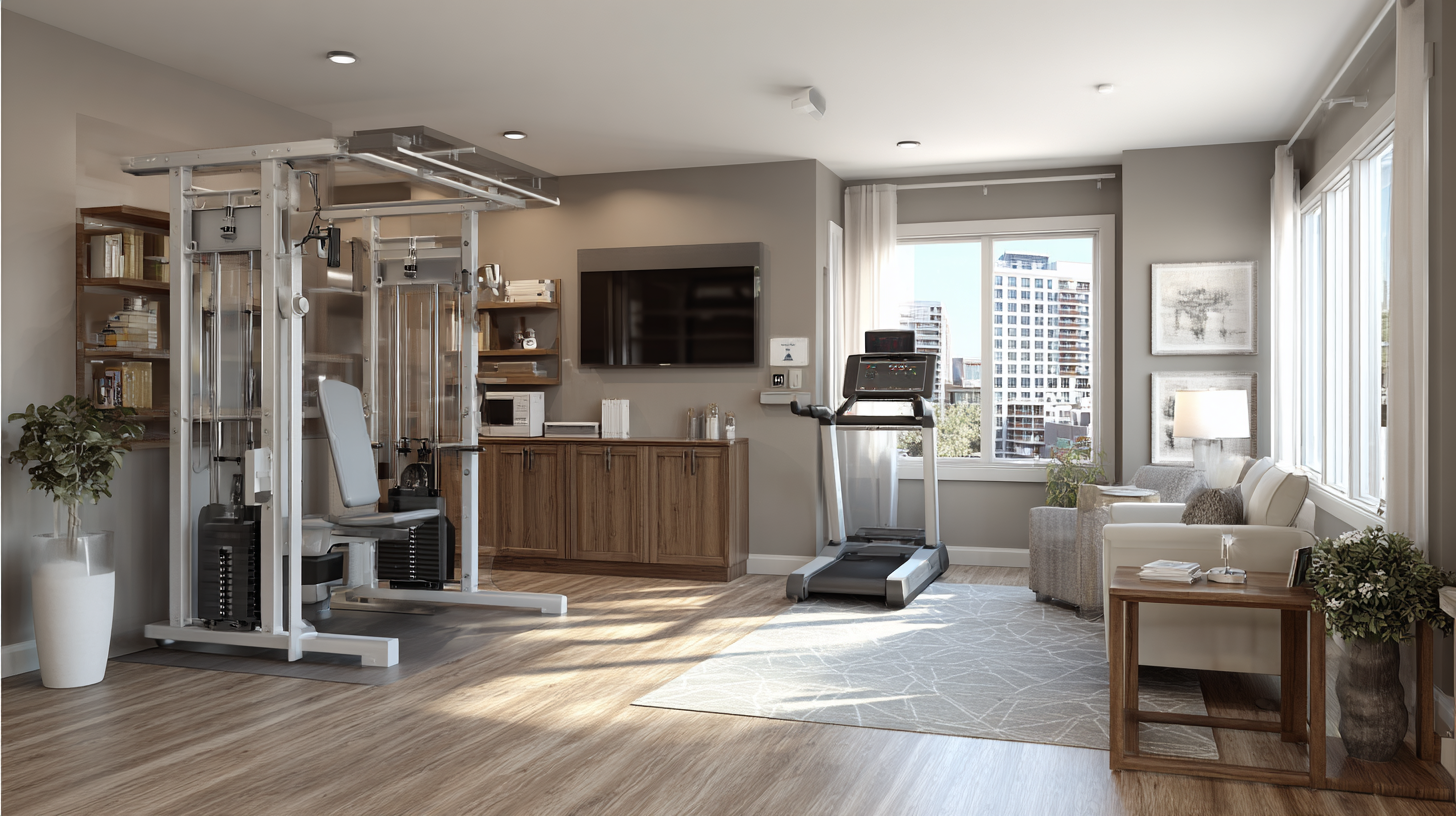Innovative Solutions for Home Rehabilitation Equipment You Need to Know
In the realm of healthcare, home rehabilitation has become an essential aspect of recovery for many individuals, fostering independence and enhancing quality of life. As the demand for effective and user-friendly Home Rehab Equipment continues to grow, innovation in this sector is vital. This blog post delves into the latest advancements and solutions that not only prioritize patient needs but also adhere to industry production standards.

From high-tech mobility aids to personalized therapy tools, these innovative products are transforming how rehabilitation is approached at home. Join us as we explore the myriad of options available, designed to empower users on their recovery journey while ensuring safety, comfort, and efficacy.
Whether you are a healthcare provider or a patient seeking the best in rehabilitation solutions, understanding these advancements is crucial for making informed decisions in your rehabilitation journey.
Advantages of After-Sales Service in Home Rehabilitation Equipment
In the realm of home rehabilitation equipment, after-sales service plays a critical role that cannot be overlooked. When purchasing rehabilitation tools, consumers often focus on the initial benefits and features, but the post-purchase support can significantly impact the overall value derived from these products. Comprehensive after-sales service ensures that users can navigate any issues or questions that arise, thereby enhancing their experience and promoting better recovery outcomes.
The advantages of robust after-sales services are manifold. Customers receive timely maintenance, which is essential for the functionality and longevity of their rehabilitation equipment. Moreover, when companies prioritize customer support, they foster trust and loyalty, leading to higher customer satisfaction and potentially improved referrals. This is especially crucial in an industry that requires not just equipment, but also guidance and reassurance for patients and caregivers alike. As the market for home rehabilitation expands, those companies that invest in exceptional after-sales services may find themselves at a significant competitive advantage.
Innovative Solutions for Home Rehabilitation Equipment You Need to Know - Advantages of After-Sales Service in Home Rehabilitation Equipment
| Equipment Type | Innovative Feature | Advantages of After-Sales Service |
|---|---|---|
| Electric Standing Frames | Adjustable height and angle settings | Regular maintenance and quick response to issues |
| Therapeutic Exercise Bikes | Real-time health monitoring | User training and support for effective usage |
| Rehabilitation Robots | AI-assisted personalized therapy | Software updates and performance checks |
| Portable Ultrasound Units | Wireless connectivity for data sharing | Extended warranty and repair services |
| Posture Correction Devices | Integrated feedback mechanisms | Consultation services for optimal use |
Understanding Maintenance Costs for Home Rehabilitation Devices
Home rehabilitation equipment, an essential part of recovery for many individuals, comes with a range of maintenance costs that can be easily overlooked. A report by the National Rehabilitation Hospital indicates that approximately 15% of patients using home rehabilitation devices experience issues due to improper maintenance, resulting in additional expenses for repairs or replacements. These costs can deter individuals from using critical equipment, thus impeding their recovery journey.
Understanding the ongoing maintenance costs is crucial for potential users. According to a survey published in the Journal of Rehabilitation Research, nearly 60% of respondents underestimated the costs associated with routine upkeep of home rehabilitation devices, such as exercise equipment, mobility aids, and monitoring systems. For instance, routine servicing of these devices can average around $150 to $300 annually, depending on the complexity and type of equipment. Users should factor in these expenses during their budgeting process to ensure they can maintain their devices properly and optimize their rehabilitation efforts.
Innovative Solutions for Home Rehabilitation Equipment
Examples of Innovative Home Rehabilitation Equipment Solutions
Home rehabilitation equipment has seen remarkable innovation in recent years, driven by the need for more effective patient recovery solutions. One of the standout examples is the development of smart wearables that monitor real-time progress and provide instant feedback to users and healthcare professionals. Research from the American Physical Therapy Association highlights that personalized rehabilitation programs can improve recovery times by 30%, underscoring the importance of such technologies.
Additionally, robotic exoskeletons are transforming the landscape of home rehabilitation. These devices not only assist with mobility but also actively engage patients in their recovery, promoting greater independence. According to a report by the National Institutes of Health, patients using robotic devices showed a significant improvement in strength and endurance, leading to better long-term outcomes.
**Tip:** When considering home rehabilitation equipment, look for devices that offer integrated monitoring features. This allows caregivers to track progress and make necessary adjustments to ensure optimal recovery.
**Tip:** Don’t overlook the value of community support. Many organizations offer resources and equipment sharing, which can help reduce costs while providing access to cutting-edge rehabilitation technologies.

Comparing Warranty Options for Rehabilitation Products
When considering home rehabilitation equipment, understanding warranty options is crucial for ensuring the longevity and reliability of your investment. The market offers various products ranging from red light therapy devices to cold plunge tubs, each with different coverage plans. It’s essential to compare these warranties to determine which option best fits your needs and budget. For instance, some manufacturers provide extended warranties that cover parts and labor, while others may only cover specific components or offer limited coverage periods.
Additionally, the quality of customer service and the claims process can vary significantly between companies. Read reviews and seek out experiences from other users to gauge the reliability of the warranty offered. A strong warranty can provide peace of mind, particularly for high-use items like massage chairs and rehabilitation machines. Always ensure that the warranty you choose is comprehensive enough to protect against defects and potential damages over time, allowing you to focus on recovery without added stress.
Key Features to Look for in Rehabilitation Equipment After-Service Support
In the burgeoning home rehabilitation equipment market, which is projected to reach a staggering $222.8 billion by 2034, selecting the right equipment entails a thorough examination of after-service support. When considering rehabilitation products, potential users must prioritize features such as responsive customer service, availability of spare parts, and comprehensive warranty plans. These factors ensure not only that the equipment remains functional over its lifespan but also that users have access to essential support when needed.
As the global wellness market continues to evolve, marked by trends spotlighted in recent McKinsey research, the emphasis on personalized after-service care within rehabilitation equipment stands out. With the industry estimating a compound annual growth rate of 6.8%, companies that provide robust after-service support are likely to gain a competitive edge, fostering trust and enhancing customer satisfaction. In a field where timely assistance can significantly impact recovery outcomes, investing in equipment with reliable post-purchase support could be as crucial as the equipment's primary features themselves.

